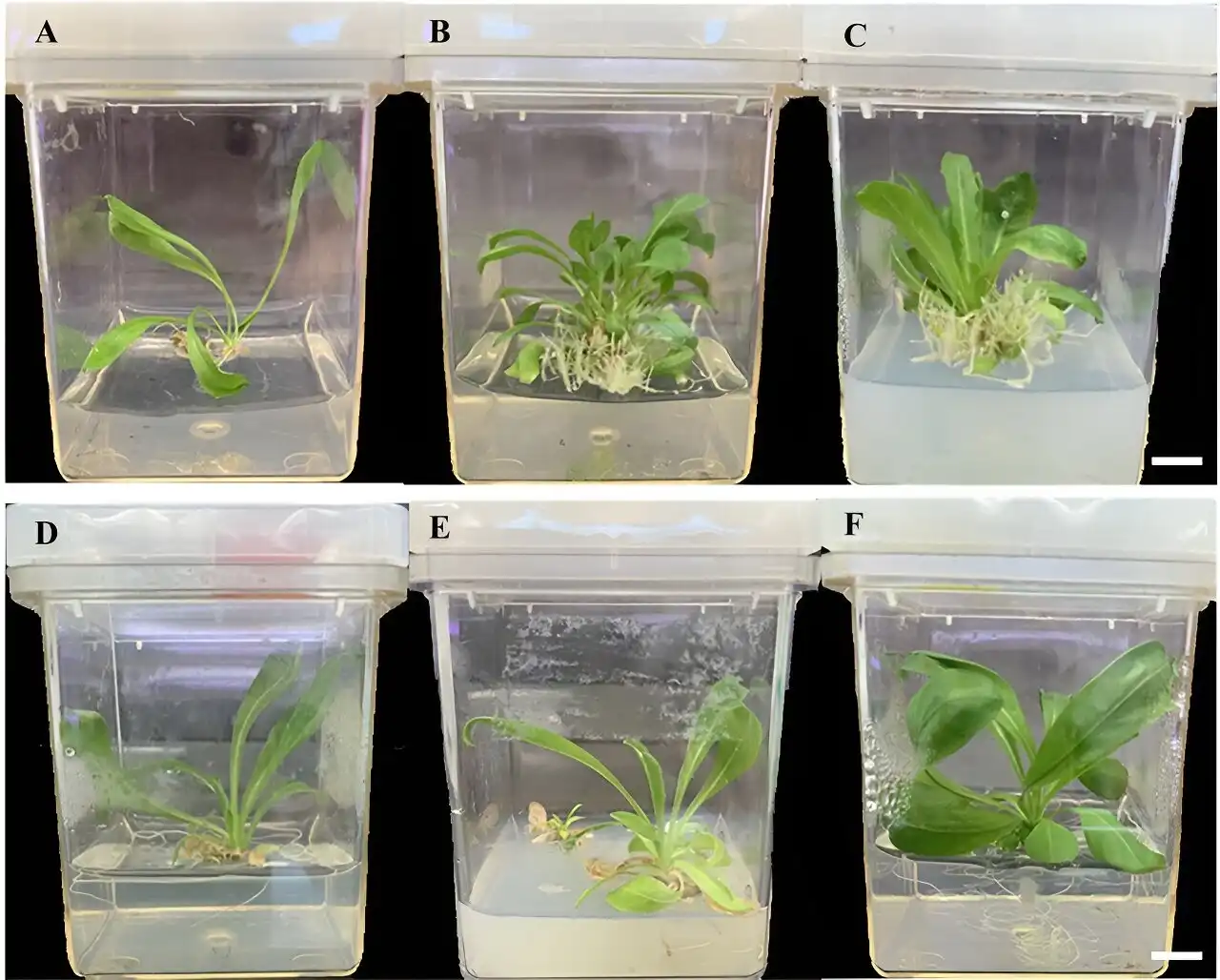In a groundbreaking development, researchers have leveraged the power of the CRISPR/Cas9 genome editing system to enhance natural rubber production in rubber dandelion (Taraxacum kok-saghyz). The CRISPR system’s efficiency and precision offer a promising avenue to address challenges faced by the rubber industry.
The article emphasizes the potential application of CRISPR/Cas9 in rubber dandelion, Taraxacum kok-saghyz, an industrial crop aimed at providing an alternative source of natural rubber. The Para rubber tree, the current primary source of natural rubber, faces challenges such as fungal and viral pathogens, leading to production losses. Rubber dandelion, being an annual crop with the ability to grow in temperate climates, could diversify the rubber supply. However, its slow growth, poor weed competition, and short growing season hinder cost-effective field production.
The researchers propose using CRISPR/Cas9 to enhance the natural rubber quantity in rubber dandelion by targeting the inulin biosynthesis pathway. Inulin, the principal storage carbohydrate in rubber dandelion, competes with rubber production for carbon assimilated from CO2. By suppressing inulin biosynthesis, the researchers aim to redirect carbon towards rubber production. The article describes a CRISPR/Cas9-driven gene editing approach to mutagenize the 1-fructan:fructan-1-fructosyl transferase gene (1-FFT), a key enzyme in inulin biosynthesis.
This breakthrough holds promise for a more sustainable and diversified natural rubber supply, reducing the industry’s reliance on a single tropical plant, the Para rubber tree. With its ability to thrive in temperate climates and be mechanically cultivated as an annual crop, rubber dandelion emerges as a resilient alternative in the face of challenges such as fungal and viral pathogens affecting traditional rubber production.
The research represents a significant step forward in the field of genetic engineering for crop improvement, opening avenues for enhanced agronomic performance and sustainable rubber production. As the global demand for natural rubber continues to rise, innovations like CRISPR/Cas9-driven genome editing in rubber dandelion could play a crucial role in securing a resilient and diverse supply chain.
According to the author, “The Cornish research group is dedicated to the biological and geographical diversification of the natural rubber supply. This is important because all natural rubber is currently produced from clonal rubber trees grown in tropical countries. Expansion of acreage to meet increasing demand is very limited because of climate change and a global moratorium on clear cutting rain forest. Also, these clonal trees are at risk of catastrophic crop failure and alternatives are needed to guard against a collapse. Our research in integrated across the entire value chain from germplasm improvement, through crop production, extraction process, materials characterization and prototype development, set within the overarching goal of sustainable production.”
Dr. Cornish is the Ohio Eminent Research Scholar, Bioemergent Materials, in the Department of Horticulture and Crop Science, The Ohio State University
Read the paper: J. Amer. Soc. Hort. Sci.
Article source: American Society for Horticultural Science
Author: Jane Cerza
Image credit: Agrobacterium rhizogenes– and Agrobacterium tumefaciens-mediated transformation in rubber dandelion. Representative phenotypes of a (A) rubber dandelion wild-type (WT) plant regenerated from a root fragment, (B) transgenic rubber dandelion plant transformed with WT A. rhizogenes K599, (C) transgenic plant transformed with A. rhizogenes harboring the clustered regularly interspaced short palindromic repeats (CRISPR)/CRISPR-associated protein (Cas) 9 expression cassette, (D) WT plant regenerated from a leaf disc, (E) transgenic plant transformed with WT A. tumefaciens EHA105, and (F) transgenic plant transformed with A. tumefaciens harboring the CRISPR/Cas9 expression cassette. Size bars indicate 1 cm.






